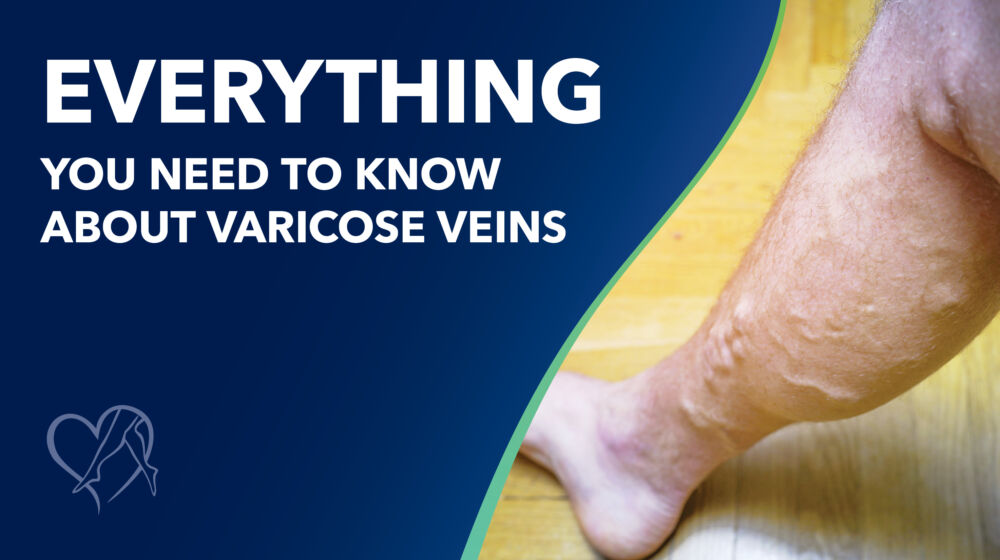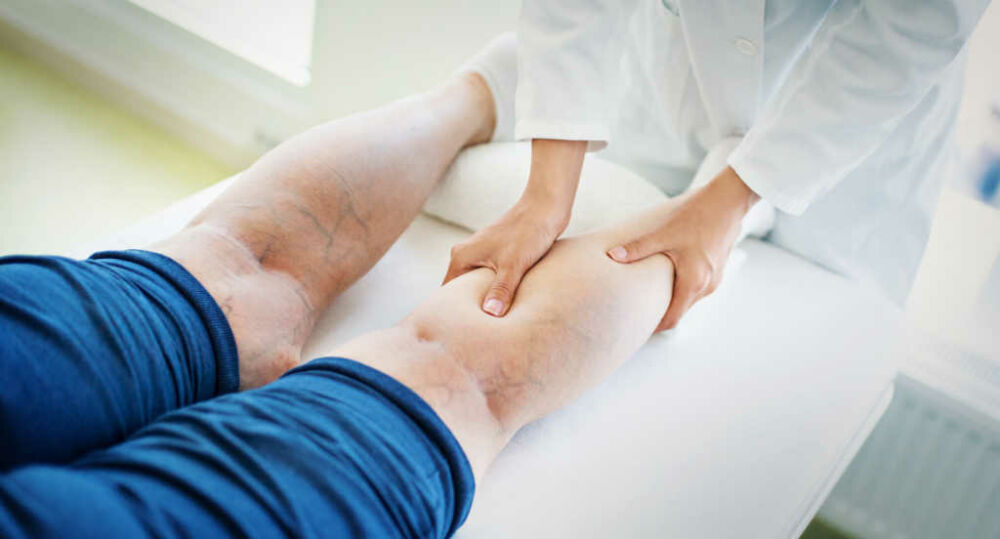Is that sore on your leg not healing? It could indicate a problem in your veins.
Chronic venous insufficiency caused by poor circulation in the leg veins takes several forms, including protruding varicose veins and sores on your legs. Also known as venous ulcers, the sores typically appear on the lower leg or ankles as shallow, irregularly shaped wounds that appear red. The skin around the ulcer may also feel tight and warm to the touch.
While sores on the leg can develop due to diabetes and peripheral artery disease, chronic venous insufficiency is a common cause. As such, consult a vein specialist about the sore on your leg for a proper diagnosis and treatment.
Why do I have a sore on my leg?
Often, leg ulcers form when the tiny valves in our legs malfunction. When working correctly, these valves open and close tightly to push blood back to the heart. But if the valves fail, blood backflows and pools in the veins, causing pain, swelling, cramps, and, sometimes, sores on the leg.
The pooling of blood leads to sustained hypertension in the leg veins. As the pressure builds, fluid collects in the tissues, leading to excessive swelling. Moreover, the swelling also blocks nutrient-rich oxygen from infusing the skin, which slows the healing process of the ulcer. Instead of disappearing within a few days, the venous ulcer remains, becoming more painful and possibly infected. However, you can heal that sore on your leg with proper treatment.
How to treat the sore on your leg
Your first step in treatment is seeing a board-certified vein specialist. At Center for Vein Restoration (CVR), you will receive a diagnostic ultrasound to (literally!) "see" your veins to confirm if the problem originates in your veins. Initial therapy will include self-care methods at home, such as changing the bandage regularly and keeping the wound and skin around it dry. To encourage blood flow, wear compression stockings or compression wraps. If the wound becomes infected, your doctor may prescribe antibiotics. However, antibiotics will not cure the underlying cause of the ulcer.
While some home-based remedies may temporarily relieve some symptoms, they will not address the underlying cause of poorly functioning veins either. What is effective, however, is one of the many minimally invasive surgical options used by a qualified vascular surgeon to target affected veins. Endovenous thermal ablation, for example, uses heat from a laser or radiofrequency waves to destroy varicose veins. Sclerotherapy is another treatment option. During this procedure, the vein surgeon will inject a safe saline-based solution to irritate the vein, causing the diseased vein walls to collapse and be absorbed by the body.
Once the sore heals, you’ll want to prevent new ones from forming. Losing weight, exercising, and eating a healthy diet of fruit and vegetables will promote healthy veins. You can further ensure that blood flows smoothly in your veins by wearing compression stockings and taking a few minutes each day to raise your legs above your heart so that blood drains to the heart.
See a vein specialist today
Seek vein disease treatment early before complications such as leg sores develop. Most insurance, including Medicare and Medicaid, cover treatment. Schedule online or call 240-965-3915 for more information.
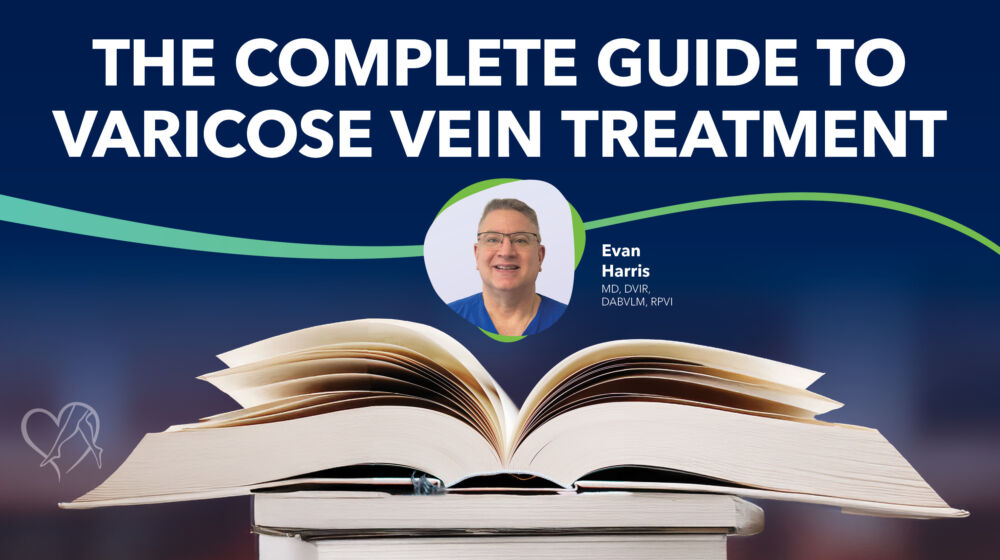
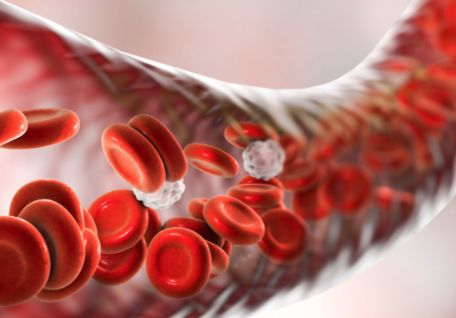 About Vein Disease
About Vein Disease
 Spider Veins
Spider Veins
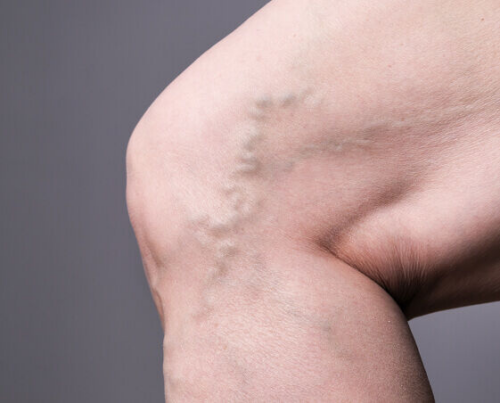 Varicose Veins
Varicose Veins
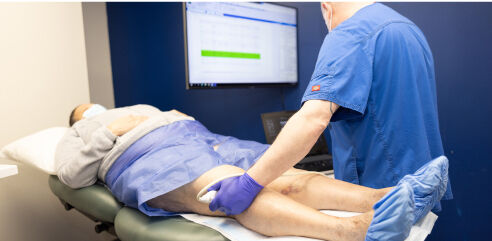 Vein Disease Treatments
Vein Disease Treatments
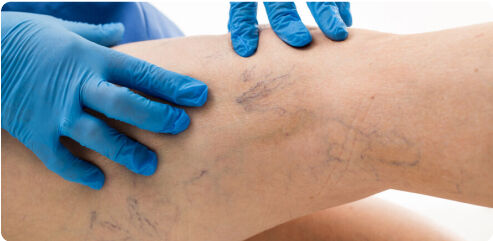 Treating Spider Veins
Treating Spider Veins
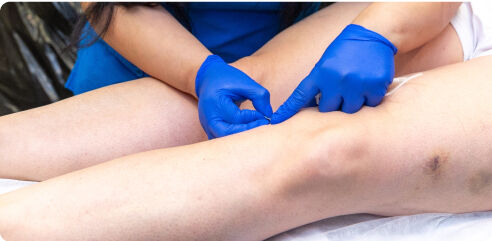 Treating Varicose Veins
Treating Varicose Veins
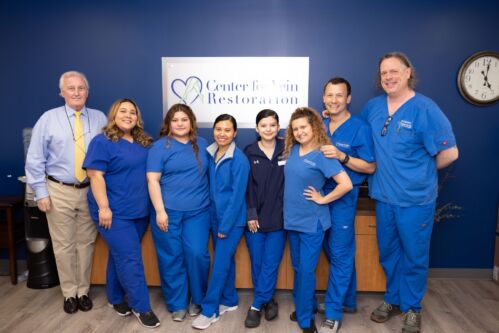 About Us
About Us
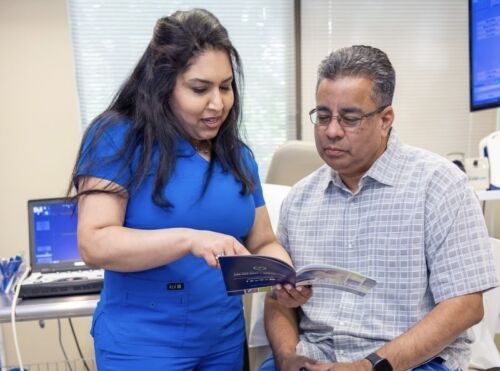 Patient Resources
Patient Resources
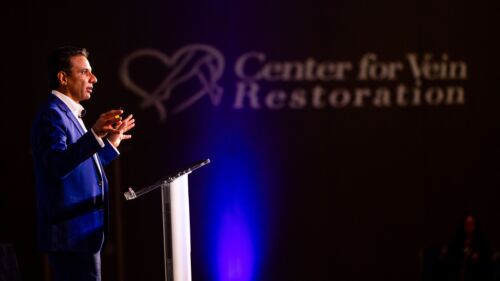 Physician Resources
Physician Resources

